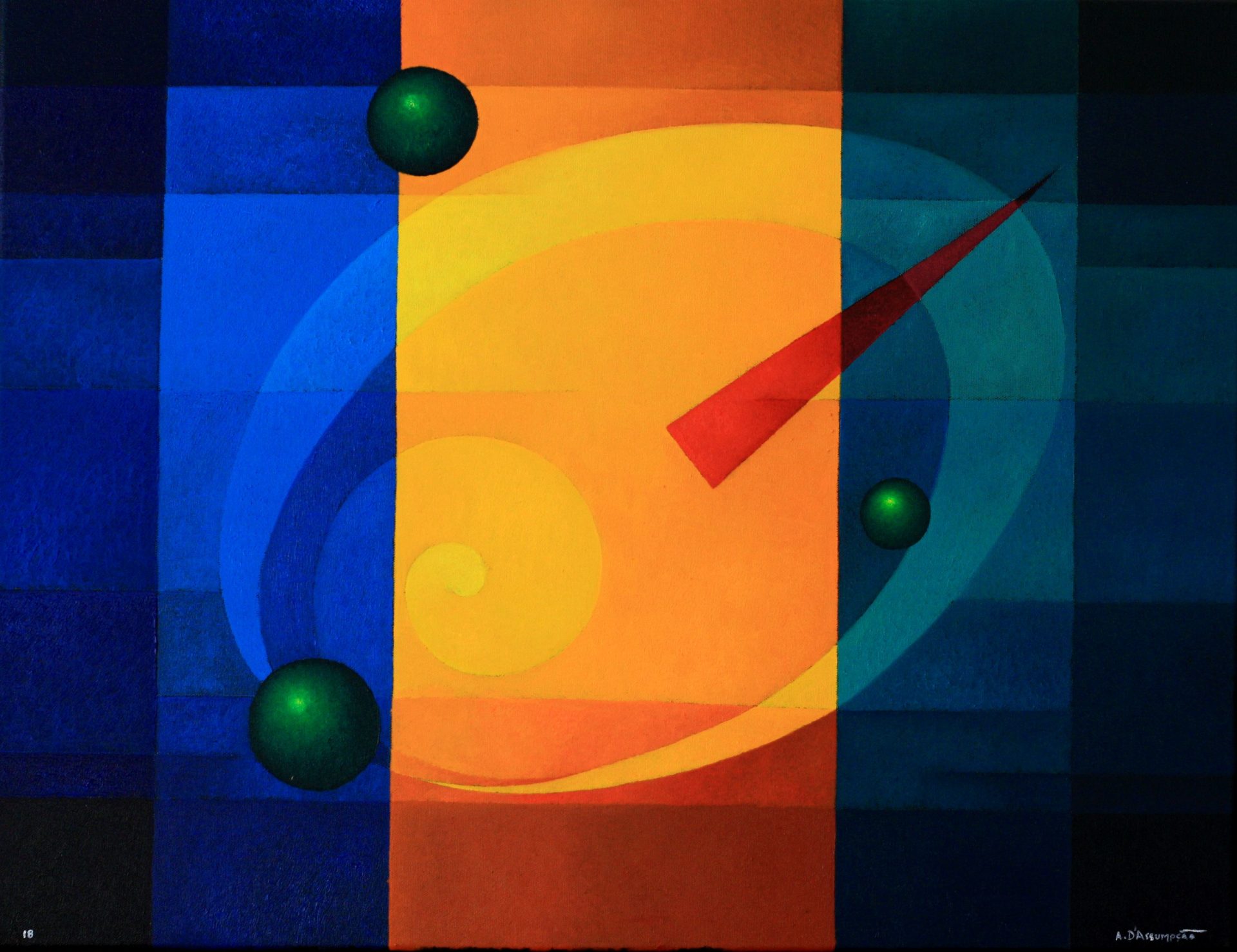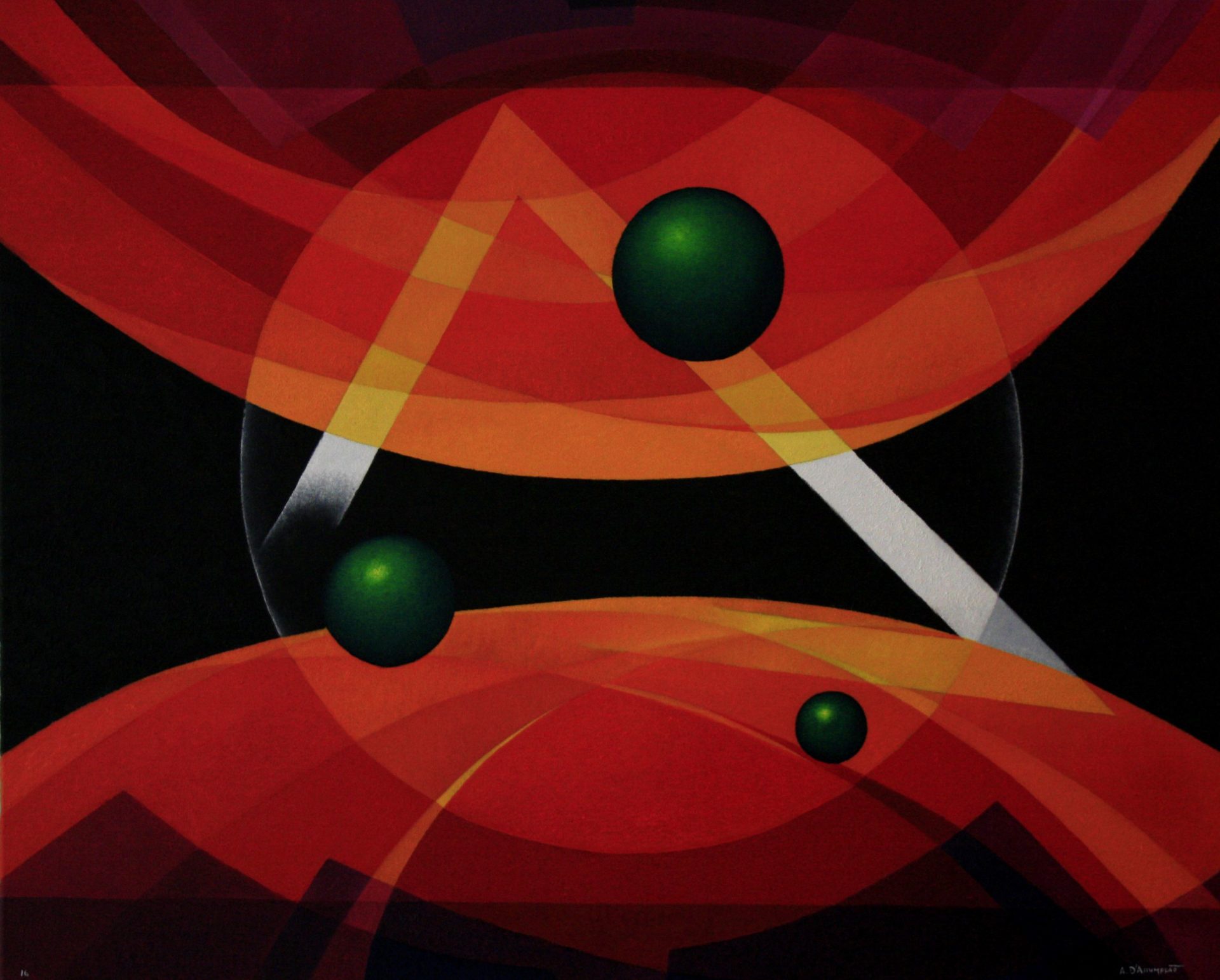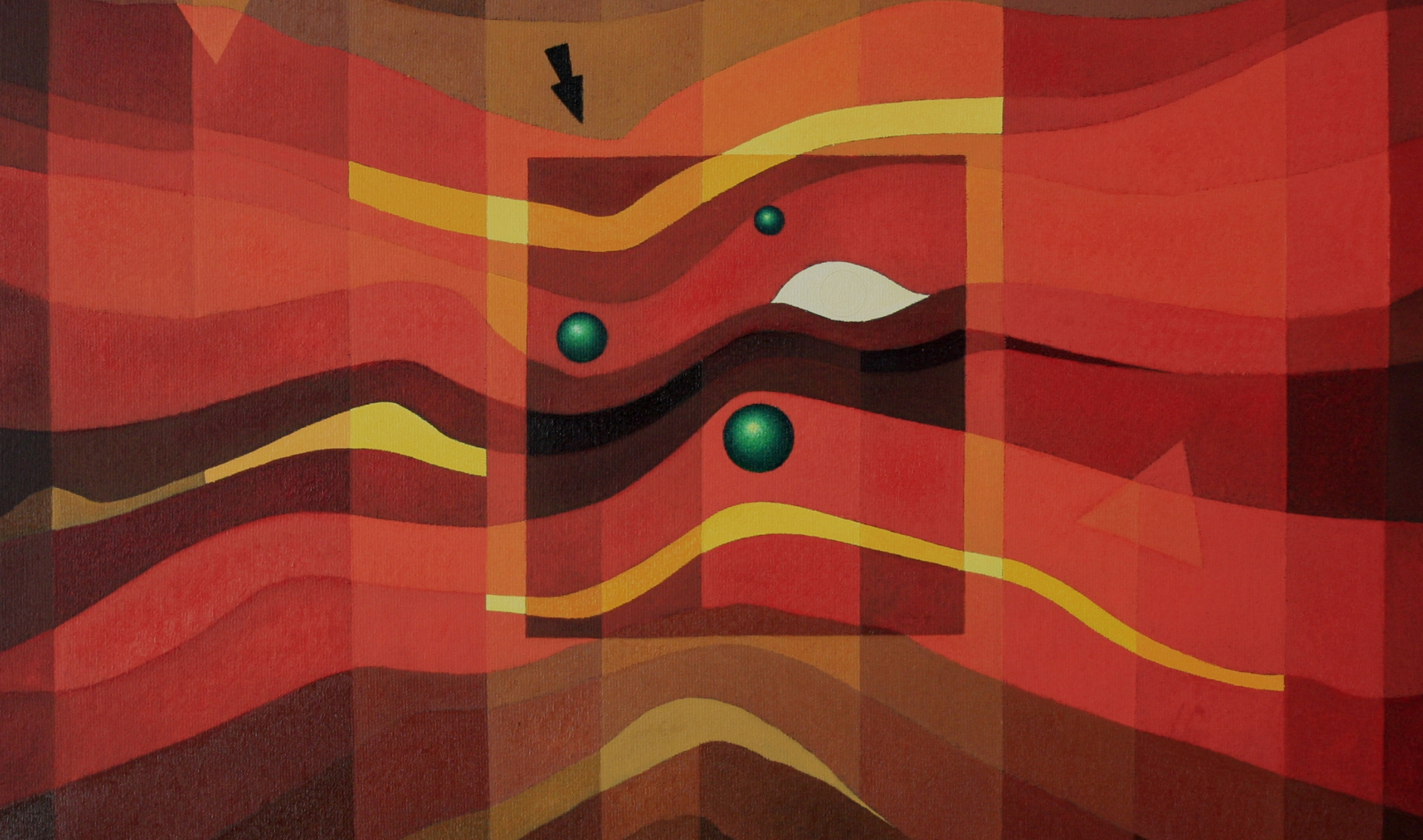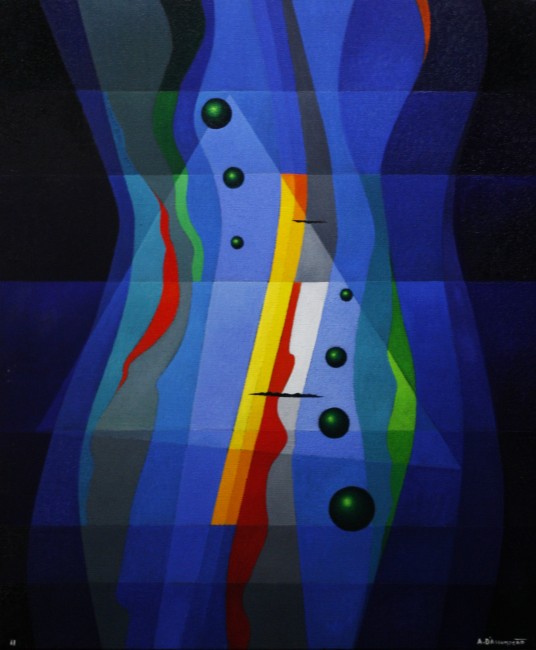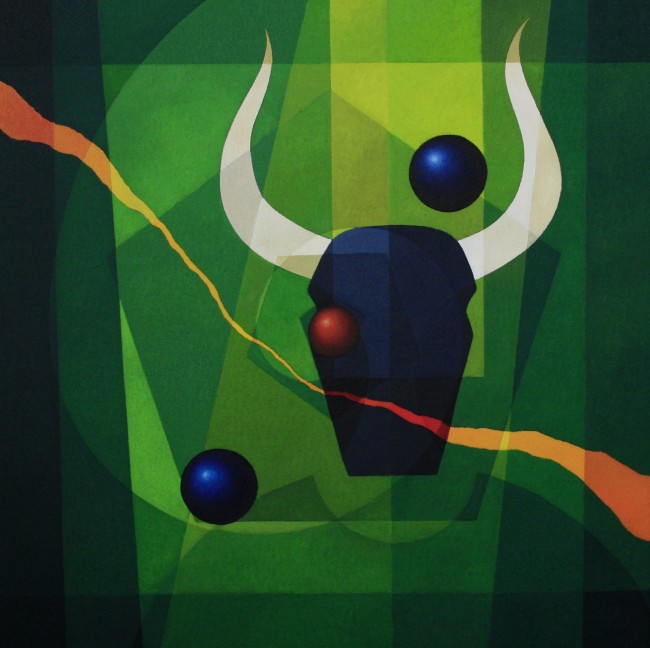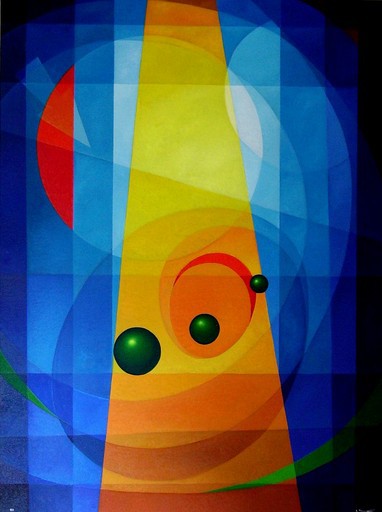How valuable is art?
According to Gordon Graham, several theories have been advanced over the years, but none of them is enough to explain the unique value of great art. (Philosophy of the Arts, 52.) So what might be Graham’s answer? An art form is valuable in providing Knowledge and understanding.
In consonance with Christoph Baumberger:
These qualities have a valuable contribution to make the artistic value of works of art, like the depth and subtlety they provide or how they make us reappraise the world physically and emotionally. Often, we criticize other works as superficial or sentimental and consider them inartistic. The artistic evaluations seem to include cognitive assessment or dependent upon them. It is vital to take an aesthetic cognitivism approach to artwork evaluation.
A work of art has cognitive functions. This claim can see as a combination of an epistemic and an aesthetic claim: (1) Epistemic claim: Artworks have cognitive functions. (2) Aesthetic claim: Cognitive functions of artworks may determine their aesthetic value. (“Art and Understanding: In Defence of Aesthetic Cognitivism,”“Art and Understanding: In Defence of Aesthetic Cognitivism,” 1.)
Baumberger divides the cognitive contributions of artworks into two categories: 1) Contributions that do not need to be considering knowledge, and 2) Contributions beyond Knowledge.
Contributions that Do not Constitute knowledge
-Categories “Artworks, especially literary works, can provide new categories for describing objects.” (10)
-Perspectives: “Using images to emphasize and attenuate, exaggerate and deploy, add and omit, deform and alienate, provide a new perspective on objects, allowing us to conceptualize them differently. “(10 )
-Questions: “Artworks often provoke further inquiry because they raise pertinent questions. A literary work, for example, rarely offers moral doctrines or solutions to ethical dilemmas. In addition, they demonstrate that moral decisions often involve more complexity and difficulty than we had previously thought, thereby raising serious questions.”(12)
-Phenomenal knowledge: “Claims that artwork can provide us with a sense of how it feels (or was) to have specific experiences or emotions or be within a particular situation. By broadening our perspective, they enable us to experience things we may have never experienced or felt previously.” (13)
–Thought Experiments: “In art, a thought experiment can be contrived. While scientific and philosophical thought experiments are fiction in science and philosophy, literary fiction is a notion of experiments in art. […] Imaginative fiction asks what would happen if certain conditions were met, and it can provoke us to examine the consequences of these assumptions.”(14–15).
Contributions that Go Beyond Knowledge
-Grasping Connections: The knowledge gained during the creation of artwork can help us to understand what we already believe.” (16)
-Improving Cognitive Abilities: “Artworks can improve our general cognitive abilities such as reasoning, emotion, perception, imagination, and memory. Nevertheless, they provide us with cognitive exercises or exhibit examples of cognitive activities.” (17)
Finally, according to Art Seeking Understanding. How do art and understanding relate to what Sir John referred to as spiritual reality, empirically speaking? Is it possible for art to provide us with new spiritual information? Well, they are testing aesthetic cognitivism in this experiment.

